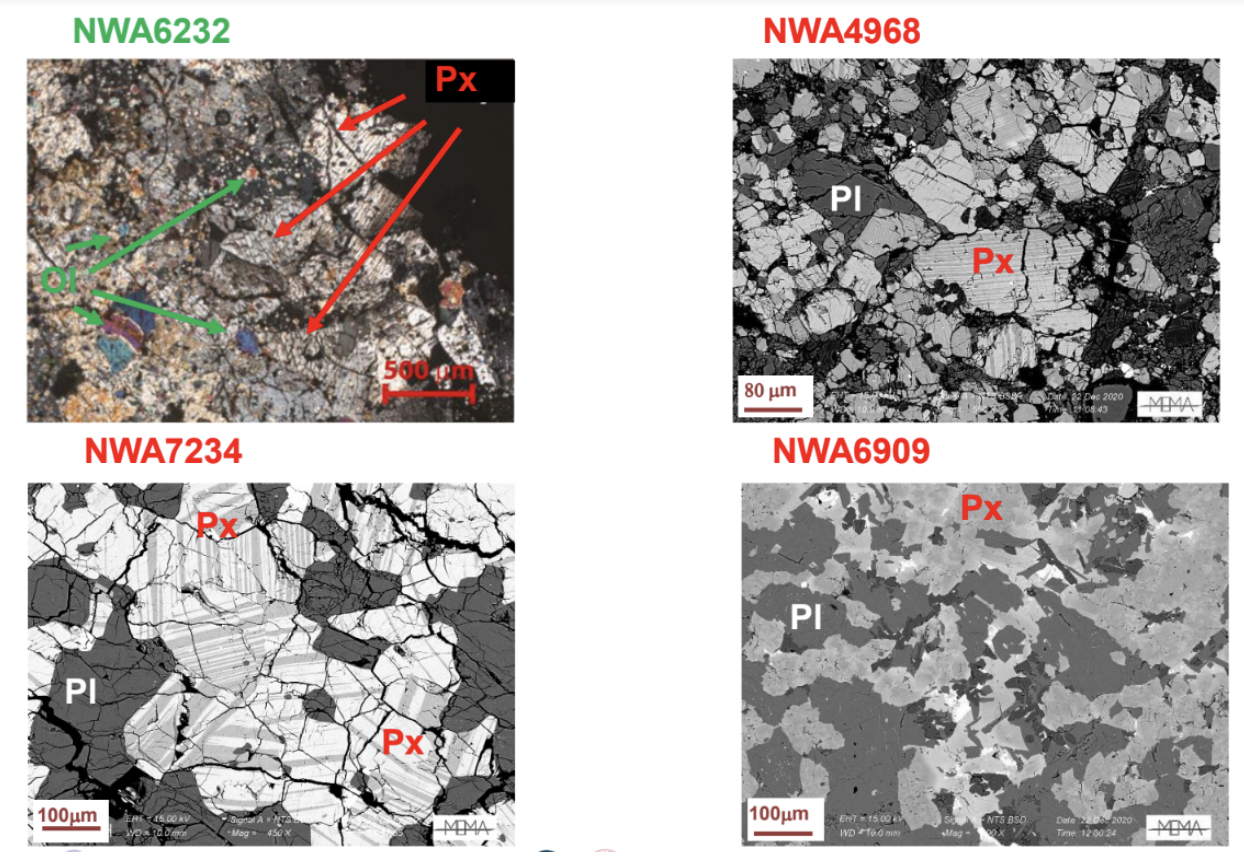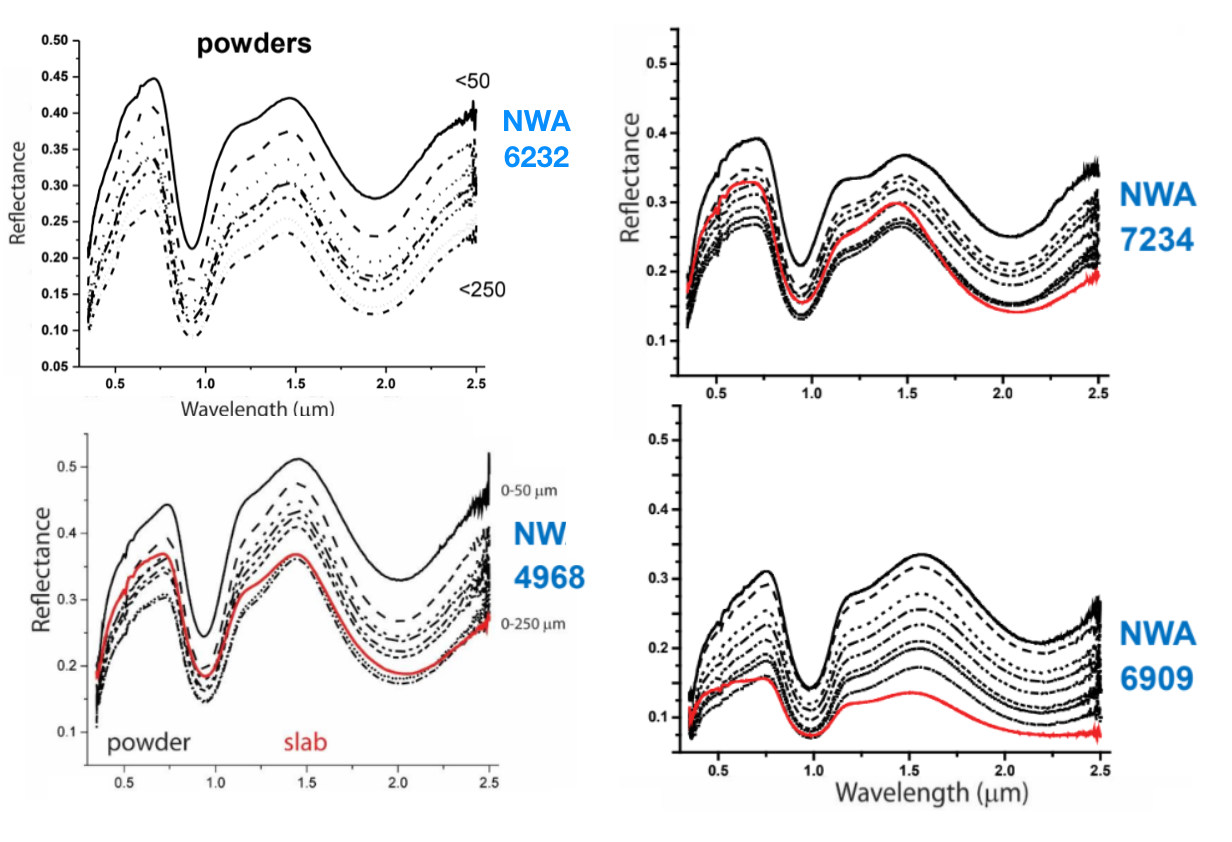- 1INAF - Istituto di Astrofisica e Planetologia Spaziali, Via del Fosso del Cavaliere, 100, I-00133 Rome, Italy (francesca.zambon@inaf.it)
- 2Institut d’Astrophysique Spatiale (IAS), Campus d’Orsay, Orsay 91405, France
- 3Planetary Science Institute, 1700 East Fort Lowell, Suite 106, Tucson, AZ, USA
- 4Johns Hopkins University Applied Physics Laboratory, 11100 Johns Hopkins Rd., Laurel MD 20723, USA
- 5Institute of Planetary Research (DLR), Rutherfordstrasse 2, D-12489 Berlin, Germany
- 6ESA/ESAC, Villafranca del Castillo, 28692 Villanueva de la Cañada, Madrid, Spain
- 7University of Paris Sciences et Lettres (PSL), Laboratoire d’Études Spatiales et d’Instrumentation en Astrophysique (LESIA), Observatoire de Paris-Meudon, 5 Place Jules Janssen, 92190 Meudon, France
- 8University of Central Florida, 4111 Libra Drive, Physical Sciences Building (PSB) 430, Orlando, Florida 32816-2385
- 9University of Padua, Department of Geoscience, Via Gradenigo 6, I-35131 Padua, Italy
- 10Università degli studi di Firenze, Dipartimento di Scienze della Terra, via Giorgio La Pira, Florence, Italy
- 11The Open University, Walton Hall, Milton Keynes, MK7 6AA, UK
The project “Deciphering compositional processes in inner airless bodies of our Solar System”, selected in the framework of the ISSI-Call for proposal 2019, set out to answer two scientific questions. First, why do chemical changes induced by space weathering in the surface regolith appear to be different on Vesta, Mercury and the Moon, and what is the role and importance of mineralogy and composition? Second, bearing in mind that olivine has been identified on the Moon and on the large asteroid Vesta, whereas it has not yet been found on Mercury: what are the implications for all of these three planetary bodies?
Vesta is the parent body of the howardite, eucrite and diogenite (HED) clan of meteorites [1]. Its surface is characterized by the presence of orthopyroxenes [2], and several geological features such as impact craters, grooves, troughs, and some tholi [3]. VIR revealed that all the Vesta spectra show the typical pyroxene bands centered at 0.9 µm and 1.9 µm [4], and allowed for determining the distribution of the HED lithologies across its surface. Like Vesta, the Moon spectra also display pyroxene spectral signatures, but suggest a composition more compatible with low-Ca pyroxenes rather than orthopyroxenes, with shallower band depths and surfaces characterized by “redder” spectral slopes (reflectance increasing with the wavelengths) [5]. Conversely, unlike Vesta and the Moon, Mercury spectra appear featureless and with a steep positive spectral slope, significantly different from the other two bodies [6].
For the spectral and geological analysis of Vesta, we processed data acquired by two instruments onboard the Dawn spacecraft: the Visible and Infrared mapping spectrometer (VIR) [7] and the Framing Camera (FC) [7]. All these datasets are publicly available on the Planetary Data System [8]. We calibrated and removed the artifacts, such as in [9] and [10], then we applied the Akimov photometric correction [11] and a log-linear phase function correction to obtain the reflectance spectra. For the Moon, we used data obtained by Chandrayaan-1/Moon Mineralogy Mapper (M3) and available at [12], then we calibrated and photometrically corrected the data following standard procedures [13, 14]. Regarding Mercury, we used the MESSENGER/Mercury Dual Imaging System (MDIS), publicly available high level products [15], and the MESSENGER/Mercury Atmospheric and Surface Composition Spectrometer instrument - Visible and InfraRed Spectrometer data [16].
To simulate space weathering effects on Vesta’s surface, we performed several irradiation experiments on HED samples at the Institut d'Astrophysique Spatiale (Orsay, France). The HED analogues are provided by the Museo di Storia Naturale dell’Università degli Studi di Firenze (Florence, Italy) and Museo di Scienze Planetarie di Prato (Prato, Italy). In particular, we have 4 HED samples, the olivine-diogenite NWA6232, and the eucrites NWA4968, NWA7234, and NWA6909 (Figs. 1 and 2). The samples are chips and powders with a grain size up to 75 µm to simulate Vesta regolith. The HEDs were put in the INGMAR vacuum chamber and bombarded with He+ atoms with a 40 keV energy, to emulate space weathering conditions.
Space weathering effects are linked to several factors, such as impacts (shock, vaporization, fragmentation, heating, melting, and ejecta formation), radiation damage, and sputtering (due to cosmic rays or solar wind), diurnal thermal cycling, and ion implantation [17, 18]. These phenomena cause the formation of nanophase iron particles (npFe0) in both the agglutinates and in the accreted rims on individual grains [17, 18], inducing spectral reddening and the reduction of band depths [18]. On the Moon, all these effects are evident in the spectra. Mercury has featureless spectra with steep, positive spectral slopes, varying with the terrain type, while on Vesta the band depth reduction is mainly due to the presence of opaque mineralogical phases, and the redder surfaces are observed in the so-called “orange material” units, corresponding to the Oppia and Octavia crater regions. The application of multivariate statistical methods to the Vesta global spectral maps, shows no evidence of diffuse olivine regions, in agreement with previous results [19, 20, 21]. A detailed analysis of Vesta, the Moon and Mercury is the key for understanding how the space weathering processes influence planetary bodies located in different regions of the Solar System, while the olivine distribution has deep implications for their origin and evolution.

Figure 1: Close up of the HED analogues considered for our study.

Figure 2: Reflectance spectra of the HED samples considered for this project.
Acknowledgements: This work is supported by the International Space Science Institute (ISSI) - Bern (Switzerland), project n°485, “Deciphering compositional processes in inner airless bodies of our Solar System” selected in the framework of the ISSI-call for proposal 2019.
References: [1] Feierberg, M.A., Drake, M.J., 1980, Science 209. [2] McCord, T. B., et al., 1970, Science 168. [3] Special Issue: The Geology of Vesta, Icarus 244. [4] De Sanctis et al., 2012, Science. [5] Sivakumar, V., 2017. Geoscience Frontiers 8. [6] Izenberg, N., et al., 2014, Icarus 228. [7] Sierks, M. et al., 2011, Space Sci. Rev. 163. [8] De Sanctis et al., 2011, Space Sci. Rev. 163. [9] https://pds-smallbodies.astro.umd.edu/data_sb/target_asteroids.shtml#4_Vesta. [10] Carrozzo, F. G., et al., 2016, Rev. of Sci. Instr. 87. [11] Rousseau, B. et al., 2020, Rev. of Sci. Instr. 91. [12] Schröder, S. E., et al., 2013, Planetary and Space Science 85. [13] https://ode.rsl.wustl.edu/moon/. [14] https://pds-imaging.jpl.nasa.gov/documentation/Isaacson_M3_Workshop_Final.pdf. [21] Besse, S. et al., 2013, Icarus, 222. [15] https://messenger.jhuapl.edu/Explore/Images.html#global-mosaics. [16] https://pds-geosciences.wustl.edu/missions/messenger/mascs.htm. [17] S. Noble et al., 2005, MAPS, [18] C.M. Pieters and S.K. Noble, 2016. JGR. [19] Ammannito, E., et al., 2013, Nature, [20] Ruesch, O., et al., 2014, JGR 119, [21] Palomba, E. et al., 2015, Icarus 258.
How to cite: Zambon, F., Brunetto, R., Combe, J.-P., Klima, R., Rubino, S., Stephan, K., Tosi, F., Besse, S., Barraud, O., Carli, C., Donaldson-Hanna, K., Krohn, K., Nava, J., Pratesi, G., and Rothery, D.: New updates from ISSI project n° 485, Deciphering compositional processes in inner airless bodies of our Solar System, Europlanet Science Congress 2022, Granada, Spain, 18–23 Sep 2022, EPSC2022-666, https://doi.org/10.5194/epsc2022-666, 2022.

